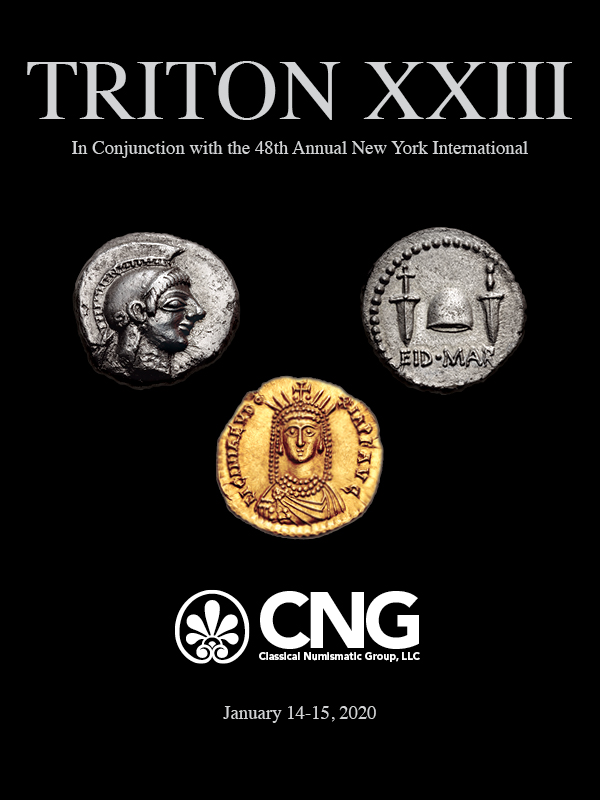
PREV ARTICLE
NEXT ARTICLE
FULL ISSUE
PREV FULL ISSUE
A HISTORY OF MORMON MONEYJohn Turner, Professor of American Religion at George Mason University published an article this week delving into the history of Mormon money. Here's an excerpt. -Editor  The Church of Jesus Christ of Latter-day Saints has allegedly amassed US$100 billion in purportedly charitable assets since 1997 without ever giving any money away – a possible breach of federal tax laws. This estimate of the size of its investment vehicle known as Ensign Peak Advisors became public knowledge when David A. Nielsen, a former employee and a member of the church, blew the whistle. From my vantage point as a historian of Mormonism, this news marks a new twist on an old story. For nearly two centuries, the church has conducted its finances in ways that defy the expectations Americans have for religious organizations. Consider what happened in the summer of 1837, when the fledgling church teetered on the brink of collapse. At the time, Joseph Smith and many church members lived in Kirtland, a small town in northeastern Ohio. The Smith family had moved there in the early 1830s, seeking a safer gathering place for church members in the face of persecution in New York state. Smith and his followers began building a temple in Kirtland. The Saints dedicated their temple in 1836, but the project left Smith and others deep in debt. Like many communities in antebellum America, Mormon Kirtland was land-rich and cash-poor. A lack of hard currency hampered commerce. Smith and his associates decided to start their own bank to solve their financial woes. The circulation of bank notes, they thought, would boost Kirtland's economic prospects and make it easier for church leaders to satisfy their creditors. Lots of currency
Mormon leaders bought engraving plates for printing bank notes and asked the Ohio state legislature to charter their bank. The Mormon proposal went nowhere in the legislature. At this point, church leaders took a more fateful and dubious step. They had collected money from investors and had already begun printing notes of the "Kirtland Safety Society Bank." Instead of shutting down the operation when the charter failed to come through, they doubled down. Worried about the legal risk of running an unchartered bank, church leaders altered the notes to read "anti-Banking-Co." A brief boom
Soon, however, the anti-bank proved anything but safe. Non-Mormons questioned the society's ability to redeem its notes, and church leaders could not keep it afloat. The Kirtland Safety Society's struggles were not unusual. Scores of banks, including some of the nation's largest, failed in what became the Panic of 1837. Real estate speculators lost their fortunes, and workers lost their jobs. What made Kirtland different was the bank's ownership. Many church members lost not only confidence in the society's banknotes, but faith in the prophet who had signed them. The crisis divided the church. At one point that summer, church members wielding pistols and bowie knives fought with each other in the temple. Smith and one of his top associates were convicted of issuing banknotes without a charter and fined $1,000 each. They soon fled the courts and their creditors, taking refuge with fellow church members in Missouri. After anti-Mormon mobs forced the Latter-day Saints out of Missouri and then Illinois, Smith's successor, Brigham Young, led thousands of church members to what became the Utah Territory. See the complete article online for more. -Editor To read the complete article, see:
 Wayne Homren, Editor The Numismatic Bibliomania Society is a non-profit organization promoting numismatic literature. See our web site at coinbooks.org. To submit items for publication in The E-Sylum, write to the Editor at this address: whomren@gmail.com To subscribe go to: https://my.binhost.com/lists/listinfo/esylum All Rights Reserved. NBS Home Page Contact the NBS webmaster 
|